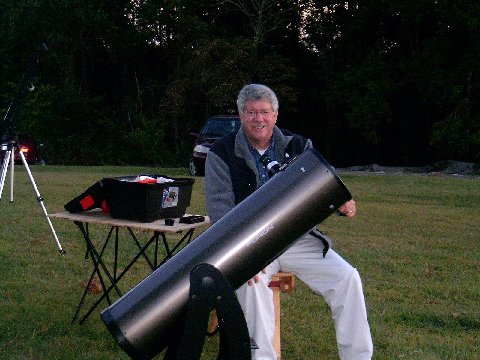How Deep is Crater Lake….Really?
By F. Owen Hoffman (Crater Lake Institute, PO Box 2, Crater Lake, OR 97604)
My motive for this online research began with a personal concern about discrepancies in the NPS and USGS published citations of the maximum depth of Crater Lake (592 versus 594 meters), which I assume are related to the discrepancies in their reference of the benchmarked surface elevation of the lake (1881 versus 1883 meters). Interestingly, it turns out that both federal agencies agree on Crater Lake’s average depth at 350 meters, although there are still some online sources erroneously quoting the average depth of CRLA at 1500 feet (457 meters).As we all have learned, Crater Lake is the second-deepest lake in North America. Using the USGS published estimate of 594 meters (plus or minus 2 m) as the maximum depth for Crater Lake, it is clearly in second place to Great Slave Lake of Canada, whose maximum depth is 614 meters (2014 feet). But changing my thoughts to the average depth, I asked myself, ‘Hmmm, I wonder how Crater Lake would fair if we compared its average depth against that of Great Slave Lake?’
|
Related Materials Into the Deep: Crater Lake’s ranking as one of the world’s deepest lakes varies by how list is determined – Nov. 29, 2007 -Crater Lake News Crater Lake National Park F.A.Q.s – How Deep is Crater Lake? |
To my amazement, I found that Crater Lake wins this contest hands down! The average depth of Great Slave Lake is only 73 meters. Thus, on average, Crater Lake is the deepest lake in North America!
Now, having answered this question, I asked myself, ‘How does the average depth of Crater Lake stack up against the other lakes in the rest of the world?’ Thanks to the miracle of the internet and Google, this question can also be researched.
The deepest lake in the world, Lake Baikal is still the winner with an average depth of 758 meters and a maximum depth of 1637 meters. The second deepest lake, Lake Tanganyika has an average depth of 540 meters and a maximum depth of 1470 meters, is still in second place. But compared to the 350 m average depth of Crater Lake, the other lakes begin to fall behind: The Caspian Sea has an average depth of 184 m and a maximum of 1025 m. Subglacial Lake Vostok in Antarctica has an average depth of 344 m and a maximum of about 1000 m. Lake Malawi, also known as Lake Nayasa, has an average depth of 292 m and a maximum depth of 706 m. Lake Issyk-Kul has an average depth of 270 m and a maximum of 668 m. Lake Tahoe has an average depth of 305 m and a maximum depth of 501 m.
Thus, based on its average depth, Crater Lake, Oregon has moved up among the lakes of the world from 8th place [7th place, if one excludes the subglacial Lake Vostok which resides beneath nearly 13,000 feet of Antarctic ice] to win the bronze medal!
Crater Lake is the third deepest lake in the world, on average, and it’s average depth of 350 meters is a statistic that is agreed upon by both the NPS and USGS
F. Owen Hoffman, Ph. D.
(former Crater Lake National Park park ranger-naturalist and lake researcher 1966-68, park ranger-naturalist at Zion (1969), Yosemite (1969-71), NPS park VIP, 1998-2004, Board of Directors, Crater Lake Institute, co-author of the Crater Lake Institute’s Field Guide to the Garfield Peak Trail(2004) and Promoting and Protecting Dark Skies in our National Parks.


